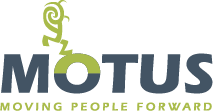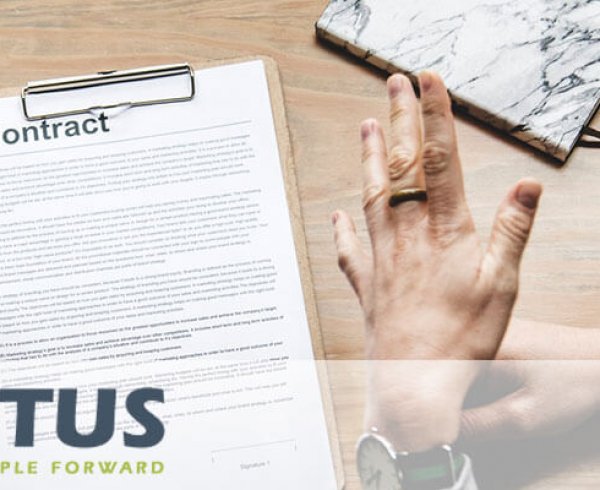You’ve got your resume tightened up, your interview answers prepped and ready, and you have your references together, but when it comes down to it an interview is much more than just your qualifications on paper. The way you present yourself when meeting a hiring manager for the first time is crucial, and contributes to setting the tone for the whole interview. While most people have a general understanding of dress code and interview attire expectations, it can be tricky when you take into consideration company culture and your own personal style.
The standard advice for most interviews is that it’s always better to err on the side of formality rather than looking too casual. While it’s certainly a good bet to upgrade from Crocs and jorts for an interview there are also times when a power suit and pearls can strike the wrong note. It will be important for you to assess the company you are interviewing for. For example, in a startup or creative environment the unofficial dress code is often much looser than other sectors, which can make striking the balance between company culture and expected formality tricky.
While coming in for an interview overdressed is not usually a deal breaker it can act as a hurdle to overcome when a hiring manager is looking for someone who meshes with their company identity. Confusing dress codes such as “tech casual”, “creative casual” or even “wear whatever you’re comfortable in!” can often feel like a minefield to navigate, but with a bit of research and a “standard uniform” for interviews you can make sure to nail the first impression when you walk in the door. Here’s a short list of tips, tricks, and rules of thumb for your first impression.
- Do your research! Most companies today have a strong online presence either through Instagram, Facebook, or even internally posted blogs! These can act as great hints for what level of formality to emulate and the general employee dress code. A little bit of cyberstalking can be a huge help.
- Have your basic go to. Start with a simple combination like slacks and a button up, or a simple sheath and cardigan; classic “business casual” pieces. Aiming for a standard, neutral uniform can allow you to add flair either with accessories, an added piece or interesting footwear. A neutral backdrop can make small elements like interesting jewelry, stylish shoes, or a festive sweater feel personal and thoughtful rather than reading as “overdone.”
- Ask about it. Oftentimes, candidates are too nervous to ask for guidance when it comes to interview attire. Either it doesn’t cross their mind during the initial screening period or they feel silly asking for clarification. While there are some questions to avoid during a screening, asking about company culture and dress code is just as important as responsibilities and benefits.
If you’re working with a recruiting or staffing agency you’re in luck! Your recruiter can act as a great guide when navigating tricky “first impressions” and interview styles. Usually they have visited client’s work sites, created a client profile, or taken in depth notes on presentation styles which can be a great guide in dress code questions. You will want to hit the right note, and this is an important factor to consider.







